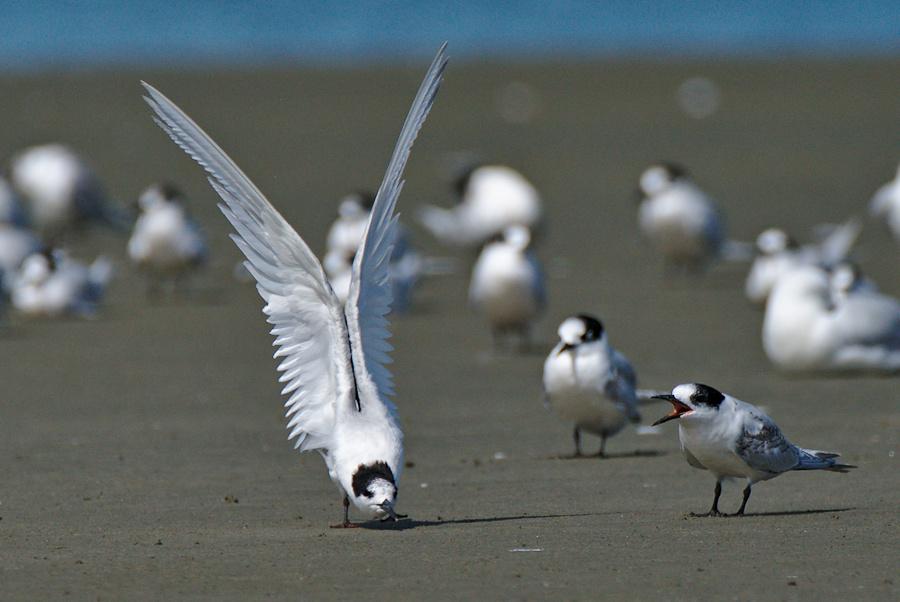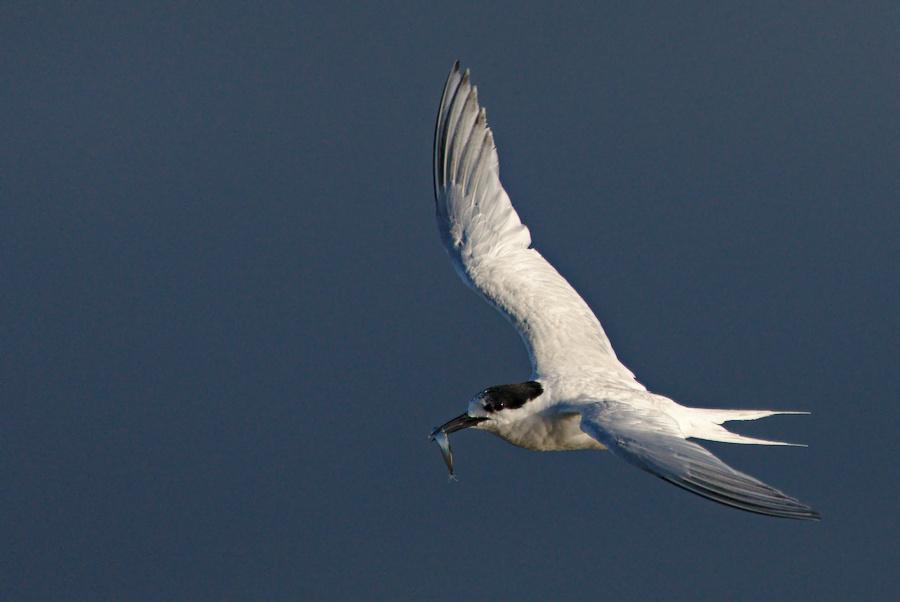Christopher
Forum Replies Created
Viewing 4 posts - 1 through 4 (of 4 total)
-
ChristopherParticipantAny thoughts on the ethics of recordings that contain human voices in the background? Sometimes when I'm recording in or near town - eg along the river, which has walkways nearby - I end up with human voices in the background. I'm pretty uncomfortable using those parts of the recording, even if it's impossible to make out what's being said or it's just someone calling their dog in the distance. So I can end up throwing away long sections of otherwise good bird song, to avoid the snippets of human voice here and there within it. I think the answer is to go recording somewhere with no people around where possible...other human sounds are undesirable too! But this must be a common problem, so curious to know what other recordists do here.
-
ChristopherParticipantIf you record in WAV, you can still export it to mp3 after you process it if desired (the software you use to process it should let you export to various formats). So record in WAV, since it's lossless, and then after processing you can export it as a WAV file for upload to Macauley, and as an mp3 for upload to Xeno-Cato
-
ChristopherParticipantI do a lot of hiking, and am keen to get better pictures of the birds I see in the backcountry. Often but not always these are small birds that are constantly moving; and on top of that they're usually in low light conditions too! I'd like to learn to take pictures of birds in flight as well. For hiking I generally use a 24-240mm lens, which is very versatile (landscapes to people shots to birds), but sometimes I'd like to be able to have greater reach. I also own a 200-600mm telephoto, but this is far too heavy to take hiking - it works best on a tripod with a gimbal head. So I've recently invested in a 100-400mm telephoto, which while not exactly light, is still light enough to handhold and take on easy hiking trips. I also got a LowePro toploader case to use with it, so I can walk with my hands free but still have the camera easily accessible. Here are some pictures taken using the new lens to work towards the above goals. Blue ducks are torrent ducks found only in fast flowing mountain streams. Here are a couple vocalising:
 Fantails are fast moving insectivores that are always in constant motion. Here's one photographed while hiking, although I get them in my garden too:
Fantails are fast moving insectivores that are always in constant motion. Here's one photographed while hiking, although I get them in my garden too:
 A white-fronted tern in flight:
A white-fronted tern in flight:
 in reply to: Practice Matching Your Gear to Your Goals #876390
in reply to: Practice Matching Your Gear to Your Goals #876390 -
ChristopherParticipantI did things a bit backwards, and read up about white-fronted terns after observing colonies at a couple of different estuaries in January and March. The colonies consisted of 50-100 birds that were simply hanging out on the sand near the water, with birds flying in and out now and then. At this time of year (Southern Hemisphere late summer, heading into autumn) the terns had already bred but the fledgings were still with their parents. In January I saw parents feeding young - flying in with small fish in their beaks and handing them over to begging young. The hand-off was always very quick and I never managed to photograph it! In March however, I still saw young birds begging but now their parents seemed to be ignoring them. I'm trying to learn how to photograph birds in flight at present, and the terns were a good opportunity to practice this and I felt I had some success. I noticed that they often seemed to extend their wings straight up before taking off, and then took off vertically - not something I've seen before I think. This gave a bit of advance warning that one was about to take off. And in March, I found it helpful to watch the begging young. In time the adult they were begging at would often take off and fly away. Whether this was to get away from the begging chick or fetch it some food, I'm not sure! But it was a good way to guess which bird in the colony might take flight next. The young bird would often fly after the adult too, giving me two opportunities to photograph one in flight. In March I also observed several young terns from another species with the colony. I wasn't able to identify them at the time, but sought advice on identifying them later and was told they were black-fronted terns. They generally seemed to be on the edge of the colony of white-fronted terns rather than in the middle of it, and occasionally seemed to get chased off by the larger white-fronted terns. And now tonight in my reading about them I've learnt that the "white-fronted" refers not to the breast, but to the white band between the black cap and the bill! I hadn't noticed the band before, but it's very clearly visible in my photos, and will help with identification in future.
 This next picture shows an adult extending its wings straight up in preparation for taking off. A young bird is visible begging to the right.
This next picture shows an adult extending its wings straight up in preparation for taking off. A young bird is visible begging to the right.

 in reply to: Practice Understanding Birds for Better Photos #876388
in reply to: Practice Understanding Birds for Better Photos #876388
Viewing 4 posts - 1 through 4 (of 4 total)
 Fantails are fast moving insectivores that are always in constant motion. Here's one photographed while hiking, although I get them in my garden too:
Fantails are fast moving insectivores that are always in constant motion. Here's one photographed while hiking, although I get them in my garden too:
 A white-fronted tern in flight:
A white-fronted tern in flight:

 This next picture shows an adult extending its wings straight up in preparation for taking off. A young bird is visible begging to the right.
This next picture shows an adult extending its wings straight up in preparation for taking off. A young bird is visible begging to the right.

